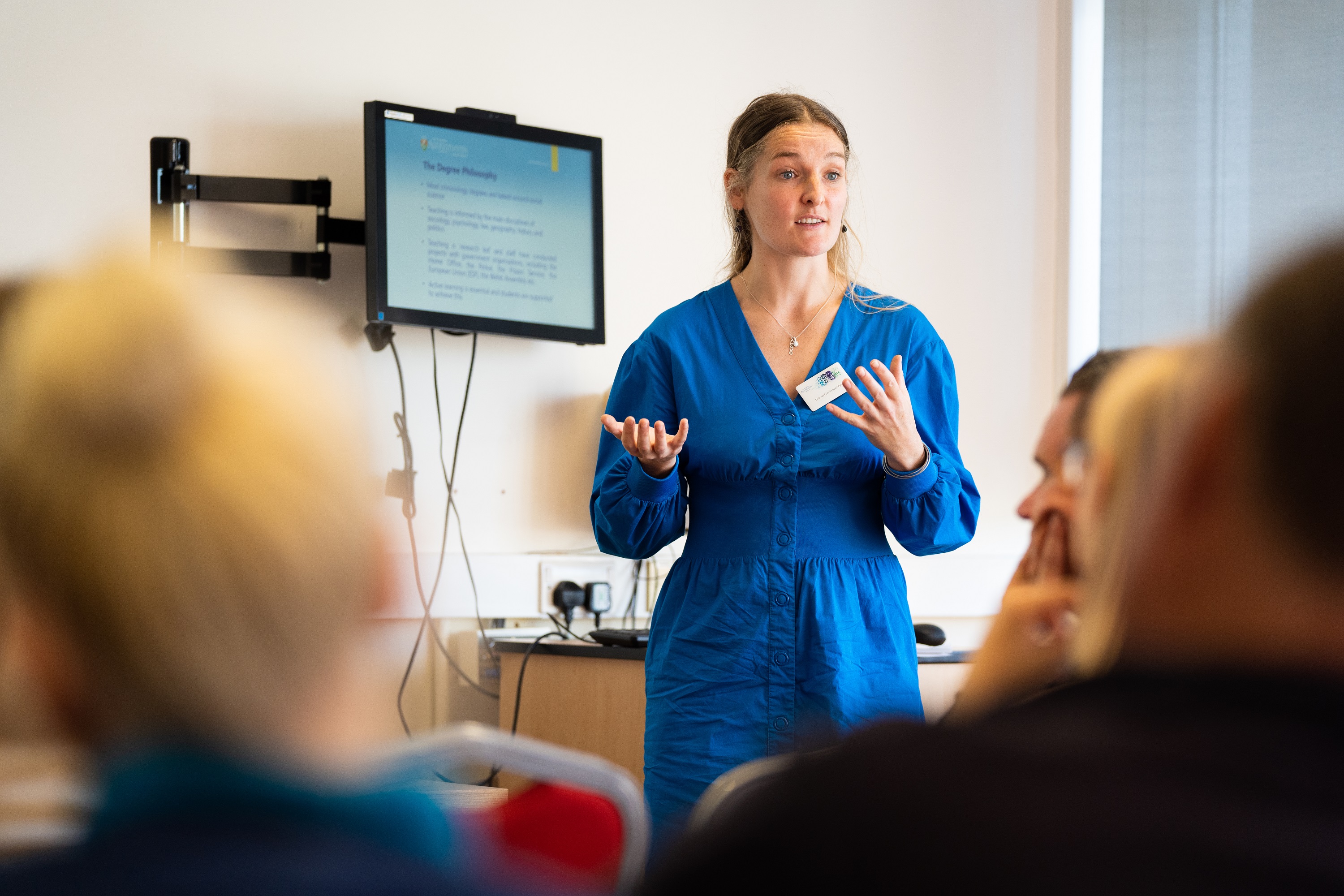
As we look towards teaching in person again, we want to remind staff that they are not alone in re-adjusting to in-person delivery, which may yet face some changes with regards to group sizes, delivery modes, distancing, and masks.
This blog post will address standard teaching room equipment and managing student expectations, and point staff in the direction of relevant resources for those topics.
Standard Teaching Room Equipment
Information Services has developed a guide to using the standard teaching equipment in the central teaching rooms. You can watch a playlist of teaching room equipment demonstrations.
Enhanced hygiene and Health & Safety protocols may still be in place in September, so please keep up to date with them, including one-way systems in buildings, staggered arrival/ departure times for staff and students, sanitation stations, and seating plans.
We also want to remind staff of the university’s lecture capture policy – returning to in-person teaching may require a return to live lecture recordings. Making lecture recordings will have a number of benefits as we return to face-to-face provision. Students unable to attend lectures because of illness will be able to catch-up with their work more easily. And if students know that lecture recordings are available, they can avoid in-person situations if they are feeling unwell. All this helps with work across the university to protect everyone’s health and wellbeing.
If in doubt, revisit our playlist on Panopto.
It may be that your teaching is not in a central teaching room, and other equipment than the central standard is available. Please make sure you are aware of the relevant risk assessments for your teaching spaces and check how to best implement them with the appropriate person in your department.
How will we manage student expectations?
Managing student expectations is never easy and may be even more challenging in the coming academic year. To manage expectations effectively, it is crucial to engage in a continuous conversation with students, adapting as possible and also as needed. After all, the situation is still developing, and government and universities must remain responsive. We therefore remind everyone to read the university’s communications about changes to regulations carefully whenever they are sent out.
Ultimately, we aim to support our students in their journey to become confident, independent learners. At the heart of that lies treating students as partners in their learning design. This requires explaining why we educate them the way we do, even if it is not what they expected. One way to gauge student expectations is to run a targeted poll at the beginning of a module about their expectations for the semester and subsequently engaging in an open discussion about your expectations for students: how do you expect them to engage with their course and how they will manage their learning? How many hours of work should they be spending on their work outside face-to-face sessions? Having a conversation about expectations early on then allows you to point them in the direction of resources designed to support their learning, like library services, your office hours, and so on.
Other Resources include
Quick Guide to Student Success is a good starting point for helping students to build academic skills such as managing their time, effective study strategies and the ability to motivate themselves.
AberSkills pages (accessible via Blackboard) offer students support on various essential skills including academic writing, referencing or employability.
Student Well-being Resources provide students with various resources which can help them in building coping strategies.
